From counting with stones to Artificial Intelligence: The Story of Calculus


Midway through Infinite Powers, Steven Strogatz writes that Isaac Newton and Gottfried Wilhelm Leibniz both “died in excruciating pain while suffering from calculi a bladder stone for Newton, a kidney stone for Leibniz” It was a cruelly ironic end for a cruelly ironic end for the scientists who independently invented calculus: the word comes from the Latin for ‘small stone’, in reference to pebbles once used for counting
Such fascinating anecdotes abound in Infinite Powers CONTINUE AT PAGE 2
TOUGH PRE-CAL SUB-TOPICS FOR STUDENTS
Generally, they have highlighted that Logarithmic and Exponential Functions, Trigonometric Equations, and Domain and Range of a Function are topics that should be focused more since it is tough for students.

VOLUME 1 ISSUE 1 THEOFFICIALBASICCALCULUSMAGAZINEOFGROUP1 NOTREDAME-SIENACOLLEGEOFPOLOMOLOK A Y M A A N !
HISTORY
GOMEDUSA EST 2024 OPINION
being
PAGE
-
PHOTOGRAPHY
PAGE
Calculus is Overrated: Why We Should Prioritize Statistics Calculus is more useful for students pursuing majors in science or engineering Statistics, on the other hand, is not only necessary for
an informed citizen, but is useful for almost every major and career
8
9
The Calculus Camera: Capturing Functions Imagine you’re a photographer, standing before a beautiful reflective object a metal sphere, a serene lake, or perhaps a mirrored room You want to capture this scene
5
continue at page 2 by
the numbers

s t for students to understand
history.
ACCESS THE MAGAZINE ONLINE
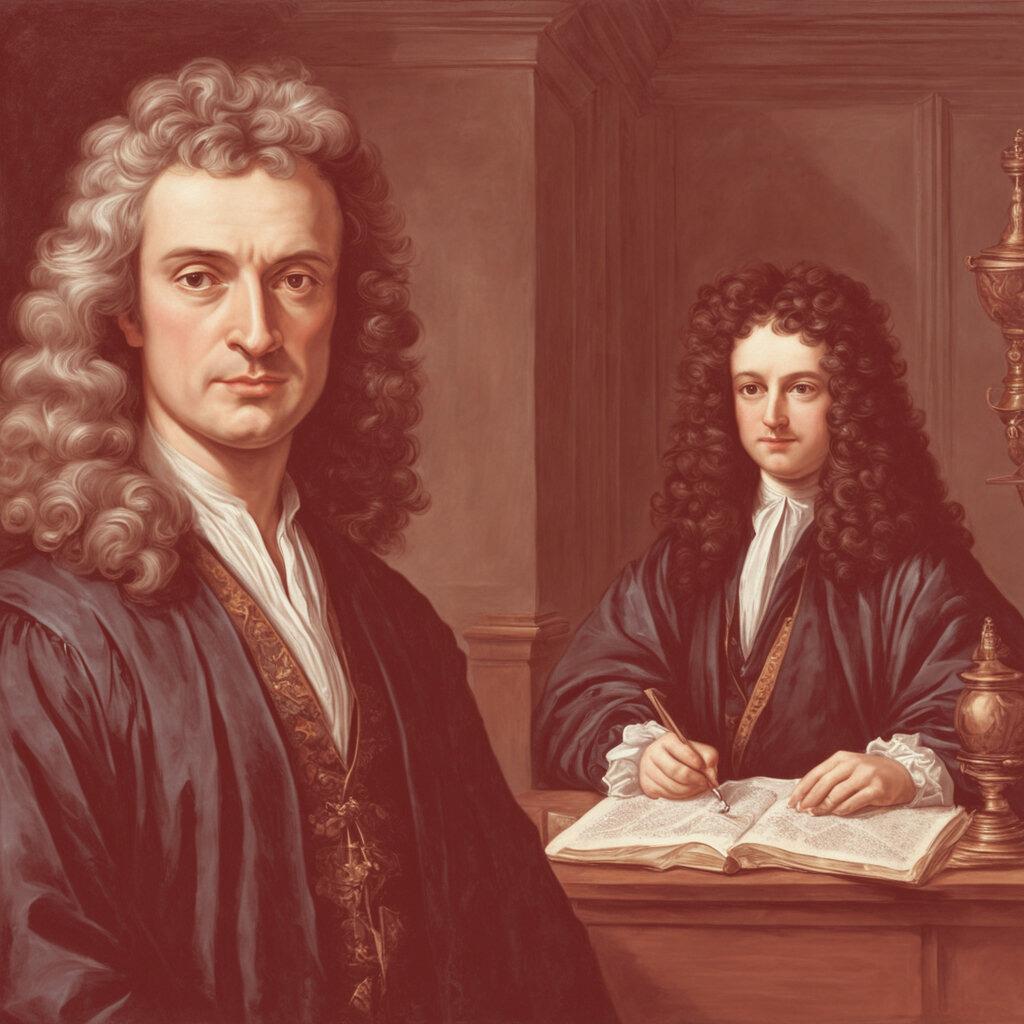
From counting with stones to Artificial Intelligence: The Story of Calculus
Strogatz, a mathematician working in nonlinear dynamics and complex systems, has written a romp through the history of calculus the study of how things change Starting with the ancient Greeks, the book ends with connections between the field
OU and artificial intelligence and machine learning Calculus was key to working with Newton’s laws of motion, which stimulated the Industrial Revolution It is also central to quantum mechanics, which underpins the modern evolution in computers and
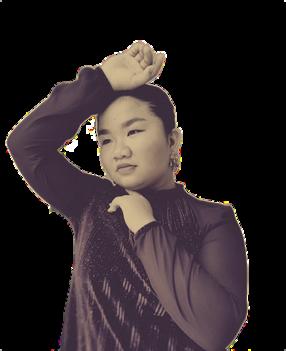
communications T roll call of luminaries, including Galileo Galilei, Johannes Kepler, René Descartes and Pierre de Fermat
Strogatz’s telling is very much that of an applied mathematician: he he acknowledges that a
matician
might disagree with it He anchors the story in how the evolution of calculus was intertwined with attempts to understand nature That is, the geometry of curved lines and surfaces; the study of the planets, accelerating and
A M NASIR, ET AL , 2017
P
by the numbers 636% 54.5% % LinearEquations 91% Logarithmic&ExponentialFunctions............................................81.8% Domain & RangeofaFunction 545%
PAGE 2


AY MAAN!

UNVEILING NUMBERS: Photography and Calculus
The week before my life changed forever, I was flying to Savannah, GA for a few days at my parents house near
continue at page 04
IV MMXXIV
hapter to classical an Archimedes, s “heroic” of π, the ratio of a umference to its an exquisite of his method for he area of a a parabola in terms of a simpler shape straight lines He oblem into smaller parts flirting with nd added it all back at an answer This tegral calculus n zips through the of such principles gery and computer films such as Toy ), where surfaces d as composed of smaller triangles, s as composed of drons y-seventeenthry between nd Fermat is We see them vying geometry and ive us analytical essential for calculus We now nted graphs that ive us analytical essential for
present-day calculus
We now take for granted graphs that have one variable on the x-axis and the other on the y; back then, it wasn’t obvious that you could plot equations in this way (Descartes, for all his contributions, emerges as mean-spirited and intent on demeaning Fermat )
The invention of modern calculus by Newton and Leibniz some three decades later makes for snappy reading Newton comes across as an astonishing genius, but secretive and paranoid He found a way to calculate areas under curves while still a student at the University of Cambridge, yet was wary of sharing his insights
A few years later, Leibniz, “the most versatile genius in a century of geniuses that included Descartes, Galileo, Newton and Bach”, came up with his own methods
Female scholars, too-often unheralded, are here given their due African American mathematician Katherine Johnson (featured in Margot Lee Shetterly’s 2016 book Hidden Figures, and the film of the same name) used calculus
to plot the trajectory of US astronaut John Glenn’s 1962 Earth orbit
Strogatz uses the right amount of technical detail to convey complex concepts with clarity If you can grapple with simple graphs and algebraic equations, you can grasp the details of the origins, genesis and meaning of calculus and the role of infinity Anyone who can’t might find the going tough When it comes to applications, the book occasionally feels forced Take the invention of the computed tomography scanner
It’s true that calculus is essential for inferring and reconstructing the structure of tissue in the path of X-rays, but the physics, materials science and engineering are equally important and exciting
If calculus is the “language God talks”, as physicist Richard Feynman put it, nowhere is this more obvious than when it meets biology
Barring a few odd notes, Infinite Powers evocatively conveys how calculus illuminates the patterns of the Universe, large and small
Research By JOHN HENRY PAHILANGA
COLUMN
PHOTOGRAPHY

Mathematical Economics: Application of Calculus
ISAAC NEWTON
In Calculus we study Function, Continuity, Differentiability, Integrality and their after, the application of differentiability and inerrability at our school level In this article we discuss how these concepts of calculus is useful and can be apply in Economics Theory
Research By JOHN HENRY PAHILANGA

The role of mathematics in economics has been an ongoing debate for several years Numerous authors, both economists and noneconomists, have addressed the subject and have given pros and cons of the intensive use of mathematical methods in studying social problems
employment of mathematics in economics
behavior
In today’s increasingly complicated international business world, a strong preparation within the basics of both economics and arithmetic are crucial to success This text is supposed to arrange for a student to travel directly into the business world with skills that are in high demand, in economics or finance
Other occupations include but don't seem to be limited to the following: Economist, management accountant, actuary, examiner, research, analyst, analyst, marketing/sales manager, financial planner, investment manager, realty and investor In economic, calculus is used to test for determining Marginal revenues and price which helps business manager to maximize their profit and measure the speed of increase in profit that result from each increase in profit that results from each increase in production
Use of Integral in Economics
When we examine supply and demand curves, we find an equilibrium point where the quantity offered for sale equals the quantity people want to buy We measure this benefit as consumer surplus and producer surplus

Irrespective of this discussion, the incidence of mathematics being utilized in economics has undoubtedly increased, and nowadays a sophisticated knowledge in mathematics could also be a basic need for any economist willing to travel beyond the undergraduate level Although there are many arguments both in favor and against the employment of mathematics in economics, this text here merely attempt to provide an objective account of the
Mathematics provides the economists with a tools often more powerful than the descriptive analysis Mathematics help to translate verbal arguments be represented into concise quantitative statements or equations It provides concrete form to economic laws and relationships, and make more practical The Mathematics helps in systematic understanding of the link and in derivation of certain results which could either be impossible through verbal argument, or would involve complex, and difficult processes The fashionable mathematical economics began within the 19th century with the utilization of calculus to clarify and explain economic
Consumer surplus represents the difference between what consumers are willing to spend (area under the demand function) and their actual expenditure (area in the rectangle with the same base and height equal to the sale price)
AY MAAN! VOLUME 1 ISSUE 1: APRIL 2024 04 economics. AY MAAN! VOLUME 1 ISSUE 1: APRIL 2024 THE OFFICIAL BASIC CALCULUS MAGAZINE OF GROUP 1 NOTRE DAME - SIENA COLLEGE OF POLOMOLOK
GOMEDUSA EST2024
The Calculus Camera: Capturing Functions
ResearchByZOEYCHRISCHELLEMENDEZ
employed to understand and calculate depth of field, which refers to the range of distances within a scene that appear sharp in the photograph By analyzing the mathematical relationships between aperture size, focal length, and distance from the subject, photographers can a given shot
Calculus is utilized in panoramic photography to stitch together multiple images seamlessly Techniques such such as warping, blending, and de and alignment of image elements rely on mathematical principles, including calculus, to create a cohesive panoramic image Calculus comes into play when capturing moving subjects It helps calculate the optimal shutter speed to freeze motion or create intentional blur
Hilton Head while they were on vacation On the plane I found myself sitting next to a guy who told me that he was fascinated by calculus
I explained to him that I know very little about higher math and he explained that at least in his view calculus occurs between the limits of 0 and 1 At this point I told him that if you set the numerical limit of no light at all as 0 and the numerical limit of complete light as 1 that photography functioned in the same way
Imagine you’re a photographer, standing before a beautiful reflective object a metal sphere, a serene lake, or perhaps a mirrored room You want to capture this scene, but there’s a dilemma: you need a camera for the photo, but you don’t want the camera to appear in the photo itself In other words, the instrument shouldn’t disrupt the subject
Calculus is used to determine the appropriate exposure settings for a photograph
Exposure is affected by variables such as aperture size, shutter speed, and ISO sensitivity Calculus helps in understanding the relationship between these variables and how they affect the amount of light reaching the camera sensor Furthermore, it is
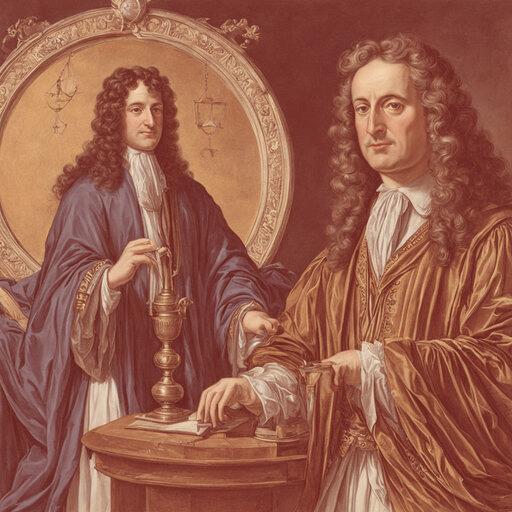
you could push your subject toward either limit We then had a fascinating conversation for the rest of the 1 hour flight about the commonalities of the two subjects There are often commonalities between seemingly unrelated subjects Sometimes it just takes a little communication and understanding of each other in order to find those commonalities But when you do find them, the experience is often golden
UNVEILING NUMBERS: Photography and Calculus
I told him the key to interesting photography in my eyes was to see how close
SpielsByMICHAELGOLTZ
05 photography. AY MAAN! THE OFFICIAL BASIC CALCULUS MAGAZINE OF GROUP 1 NOTRE DAME - SIENA COLLEGE OF POLOMOLOK VOLUME 1 ISSUE 1: APRIL 2024
CONTINUATION
03
FROM PAGE

When it comes to architecture and even construction work, many people don’t realize that mathematics plays a huge role in building, construction, and even design For architecture students, knowing exactly how math, calculus, and integral calculations are used in the industry will allow you to understand the concepts behind crafting blueprints, measurements, and building overall
At first, the idea of math and calculus may be daunting for some people, especially if you joined the field of architecture because you wanted to pursue design or construction work However, architecture and math go hand in hand, and at most, calculus will help you understand basic concepts about building in architecture
Read on to find out how math will help advance your knowledge in the architectural field and how it’ll help you become a better architect In a Ted talk given by Greg Lynn, he breaks down the similarities between architecture and calculus While both subjects may not sound like they have anything in common, the truth is
Name: Lavenia Delos Reyes
Adress: Prk Matulungin, Magsaysay, Polomolok, So Cot
Ambition: To be a Registered Architecture
Exploring the Calculus Behind Architecture
they are both based on the concept of nature Numbers and calculations can be used to achieve balance in the same way that the concept of building in architecture relies on proportions and placement In the world of design, calculus can be used to determine or create perfect symmetry Just symmetry is present in mathematics in the way that you want to make sure one side of the equation is equal to the other, symmetry is also present in architecture in the fact that every part of a structure must be carefully designed and placed so that it serves its function Whether its function is to hold, to cover, or to block, any piece of architecture will serve a purpose thanks to the way its parts are carefully calculated and placed
Being good at math is a complex skill that requires an understanding of accuracy and precision
Another thing similar between math and architecture is that two of the most important things both designers and builders need to pay attention to when constructing is accuracy and precision However, everyone learns and
applies concepts differently, and math may not be the easiest way to understand how to execute efficiently built architecture
Don’t worry though – that’s where the internet’s best learning tools come in handy In both design and construction, calculus concepts such as integral calculations may come up during certain points of an architecture project Most used in measurements and designing to-scale ratios, these calculations have a major influence on the outcome of your structure Using online tools like integral calculators or measurement converter websites can help your designs be accurate and effective applies concepts differently, and math may not be the easiest way to understand how to execute efficiently built architecture
If you’re an architecture student who doesn’t take a particular liking to the mathematics aspect of building and design, that’s okay You
don’t have to be a wizard in math or calculus to be a good architect, but it will benefit you to make sure that you understand the importance of math in your field
If you find that you’re struggling in math classes, don’t stress Just like the art of architecture, the concept of math can be looked at in many different, creative ways than just getting from point A to point B The textbook way to understand calculations may not make sense to you, but putting in the research and extra work to find out a way that does will not only help you pass your math courses and build problemsolving skills, it’ll also make you a better architect in the long run
One last thing most people assume about mathematics is that it has to be “figured out on your own,” and that’s simply not true Similar to construction work, the math doesn’t always have to be a one-man job
06 architecture AY MAAN! VOLUME 1 ISSUE 1: APRIL 2024 THE OFFICIAL BASIC CALCULUS MAGAZINE OF GROUP 1 NOTRE DAME - SIENA COLLEGE OF POLOMOLOK
’’
Research By LAVENIA DELOS REYES
AY MAAN! VOLUME 1 ISSUE 1: APRIL 2024
navigating by the numbers: where in the world?
Calculus played an integral role in the development of navigation in the 17th and 18th centuries because it allowed sailors to use the position of the moon to accurately determine the local time To chart their position at sea, navigators needed to be able to measure both time and angles with accuracy
Before the development of calculus, ship navigators and captains could do neither Calculus both derivative and integral helped to improve the understanding of this important concept in terms of the curve of the Earth,
the distance ships had to travel around a curve to get to a specific location, and even the alignment of the Earth, seas, and ships in relation to the stars
The first breakthrough in navigation came when it was realised that the position of the Sun and the stars in the sky depend upon where you were on the (round) Earth By seeing how the angle of the Sun changed the Greek mathematician Eratosthenes was able to calculate the radius of the Earth to surprising precision Having worked out a coordinate system for the Earth (latitude and longitude) it was apparent that the latitude could be determined by measuring the angle of the noonday Sun above the horizon Doing this required a good knowledge of angles and trigonometry The angle itself could be measured using a sextant, again using ideas from trigonometry At that point the mathematics became much harder In order to find the longitude it was necessary
to determine the time at the location with reference to some absolute standard (for example, you would need to find out the local time with reference to the time in London)
Furthermore, Calculating maxima and minima of curves is essential Marine scientists use these concepts to analyze extreme values in ocean parameters, such as temperature, salinity, and nutrient concentrations. Calculus aids in developing mathematical models for ocean circulation, nutrient transport, and ecosystem dynamics
Calculating water flow rates, sediment transport, and mixing processes relies on calculus principles
Calculating water flow rates, sediment transport, and mixing processes relies on calculus principles
QUICKIE
PROBLEM 1: Find the rhomboid with side length 1 which has maximal area Use an angle α to extremize
PROBLEM 2: Find the ellipse of length 2a and width 2b which has fixed area πab = π and for which the sum of diameters 2a + 2b is maximal
PROBLEM 3: Find the break-even point for an economic system if the marginal cost is f(x) = 1/x
PROBLEM 4: Assume the marginal cost is f(x) = x^7. Verify that the average cost g(x) = F(x)/x satisfies 8g(x) = f(x) and that x = 0 is the only break even point
PROBLEM 5 If f(x) = 4x^3 3x^2+1, then F(x) = x^4 x^3+x and g(x) = x^3 x^2+1 Find the break even point and the points where the average costs are t l
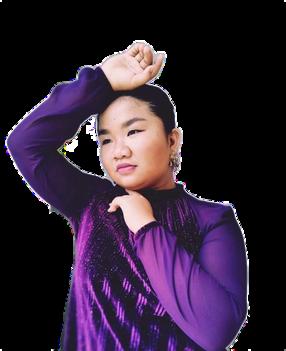
maritime. AY MAAN! THE OFFICIAL
POLOMOLOK VOLUME 1 ISSUE 1: APRIL 2024
BASIC CALCULUS MAGAZINE OF GROUP 1 NOTRE DAME - SIENA COLLEGE OF
Research By CHOE HESTER FACUNLA
07


08 cartooning. GOMEDUSA EST 2024
EDITORIAL TEAM AY MAAN! VOLUME 1 ISSUE 1 APRIL 2024 LAYOUT EDITOR JOHNHENRYL.PAHILANGA LLUSTRATOR LAVENIADELOSREYES PAGE RESEARCHERS LAUREENFAITHD.LOSANES CHOEHESTERG.FACUNLA YESHAROISEURBANO ZOEYCHRISCHELLEMENDEZ
Drawing By LAVENIA DELOS REYES
Calculus is Overrated: Why We Should Prioritize Statistics
In 1984 George Orwell said that “2+2=5”.
In 2016, Brexit supporters said that 350 million pounds could be spent on the National Health Service every week if Britain left the European Union (EU).
Several weeks ago, Donald Trump claimed — again — that millions of people illegally voted in the election.
Virtually everyone would consider the first statement ludicrous. Manipulation of a plainly obvious mathematical statement like “2+2=4” is what made 1984 so striking. Yet, the second and third statements — despite being patently false — continue to convince many in our society. They represent perhaps the most dangerous aspect of our ominous “post-truth world” — the opportunity for blatant falsehoods or misrepresentations to thrive because of statistical illiteracy.
From political polls to toaster ovens, our lives are rapidly becoming digitized. Experts redict that by 2020, 6 gigabytes of new information will be generated every hour — for every
every individual on the planet. This explosion in data has incredible potential to allow the average person to learn much more about the world, and view it more empirically than ever before.
But accompanying this wave of data is an increased potential for statistics to mislead It’s dangerously easy to cherry-pick and misuse statistics to exaggerate or manipulate the truth And alarmingly, this this misconstruing of information is often unintentional: politicians may only represent data furthering their position, journalists may miscite statistics, and scientists may draw conclusions from insufficient data sets
How can we combat this misinformation? To prevent data from deceiving rather than enlightening, everyone should understand statistics Everyone should understand the methods that generated the numbers they read in newspapers and reports To accomplish this, we need to improve our teaching of statistics n America, particularly in high schools. Most Stanford students consider high school a stepping stone to the intellectual rigor of rigor of university. But for many Americans, high school is the
last formal schooling they will receive The Bureau of Labor Statistics estimated that in 2014, just 65 9 percent of high school graduates had enrolled in college In other words, high school is often the last opportunity to shape students into informed, prepared citizens before they leave the education system and enter the public sphere
Calculus is more useful for students pursuing majors in science or engineering Statistics, on the other hand, is not only necessary for being an informed citizen, but is useful for almost every major and career.
Statistics, on the other hand, is not only necessary for being an informed citizen, but is useful for almost every major and career It’s indicative that Stanford offers statistics courses in almost every department from Anthropology to Public Policy A 2016 LinkedIn study found statistical analysis to be the second-most valued skill in job candidates across all fields. The key ideas taught in even an introductory statistics class randomness, distributions, and probability provide a framework for
analyzing the world Statistics is necessary for analyzing news reports, understanding scientific results, and quantifying any phenomenon Calculus simply lacks this universal applicability
Improving statistical literacy should be one of America’s top
Statistics is necessary for analyzing news reports, understanding scientific results, and quantifying any phenomenon. Calculus simply lacks this universal applicability. ’’
educational priorities
If Stanford’s mission is to “qualify its students for personal success, and direct usefulness in life,” we must give statistical literacy the emphasis it deserves
opinion.
Spiels By STANFORD REVIEW STAFF
science and medicine
CALCULUS METHODS IN MEDECINE: Epidemiology and Pharmacology
Epidemiology is the study of how diseases spread and affect people It helps us prevent and control outbreaks, identify risk factors, and evaluate treatments
Calculus is a powerful tool for epidemiology because it allows us to make models of how diseases behave and how different actions can affect them
One example of a calculus-based model for epidemiology is the SEIR model, which divides the people into four groups: susceptible (S), exposed (E), infected (I), and recovered The model uses differential equations to describe how people move from one group to another over time, depending on how contagious the disease is, how long it takes to show symptoms, how long it takes to recover, and other factors
Differential equations are equations that involve how things change over time or space, such as population growth, heat transfer, motion, etc

Differential equations can be classified into different types based on their complexity and structure The SEIR model can help us estimate important numbers such as the basic reproduction number (R0), which is the average number of new infections caused by one infected person in a group of people who can catch the disease If R0 is greater than 1, the disease will spread quickly; if R0 is less than 1, the disease; if R0 is less than 1, the disease will die out eventually The SEIR model can also help us find the herd immunity threshold (HIT), which is the fraction of the people that need to be immune (either by vaccination or natural infection) to stop an epidemic
The CDC uses a calculusbased SEIR model to study the spread of COVID-19 and the impact of vaccination and social distancing measures The model can help us predict the future course of the pandemic and evaluate different scenarios and policies [Insert an image of the SEIR model or a graph of COVID-19 projections]
According to Chou, et al , (2020) , the SEIR model for COVID-19 can be expressed by the following system of differential equations: dS/dt = -βSI/N dE/dt = βSI/N –σE dI/dt = σE – γI dR/dt = γI where S is the number of susceptible people, E is the number of exposed people, I is the number of infected people, R is the number of recovered people, N is the total number of people, β is how contagious the
disease is per contact, σ is how fast exposed people become infectious, and γ is how fast infected people recover
By solving these equations with a computer with appropriate starting values and parameters, we can simulate how COVID-19 spreads in a group of people over time and how different actions such as vaccination or social distancing can affect its behavior
On the other hand, one example of a calculus-based concept for pharmacology is the half-life of a drug, which is the time it takes for half of the drug to leave the body The half-life depends on various factors such as how the drug is taken, how much blood it reaches, how fast it is cleared from the body, and how fast it breaks down in the body Knowing the half-life of a drug can help us calculate how much drug stays in the body at any given time after taking a dose
One example of a drug that uses calculus is aspirin, which has a half-life of about 4 hours in the body This means that after 4 hours, half of the drug has left the body We can use integral calculus to find how much aspirin stays in the body at any given time after taking a dose
For example, if we take 500 mg of aspirin at time t = 0, then we can use this formula to find how much aspirin is left at time t: A(t) = 500e^(-0 173t) where A(t) is the amount of aspirin in mg and t is the time in hours
By JOHN HENRY PAHILANGA
10 AY MAAN! THE OFFICIAL BASIC CALCULUS MAGAZINE OF GROUP 1 NOTRE DAME - SIENA COLLEGE OF POLOMOLOK VOLUME 1 ISSUE 1: april 2024
Research

PATULOY NA Magniningning
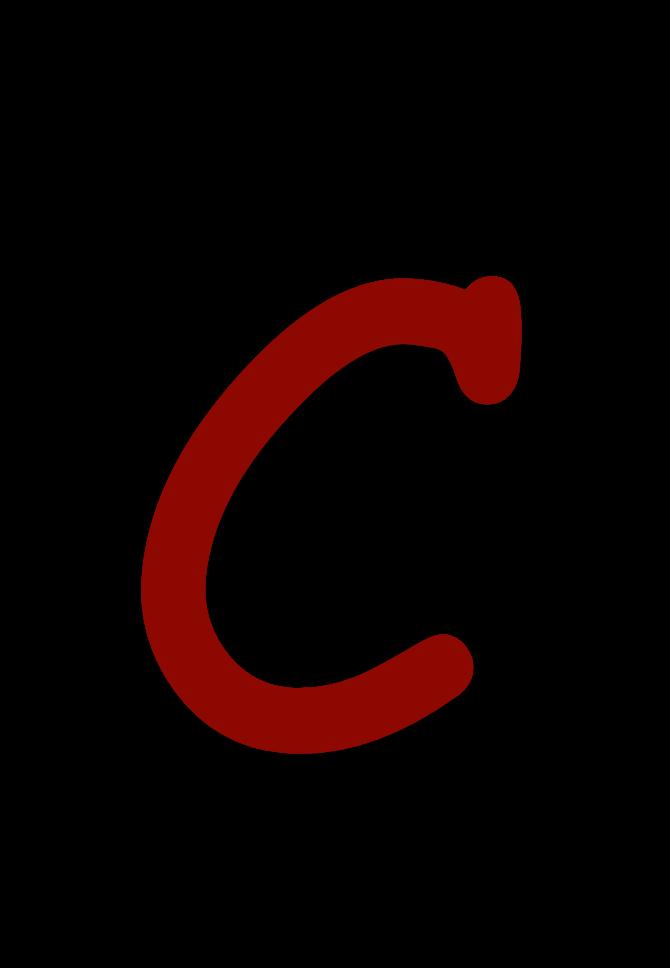
oning through thick and thin: s meets food industry
In the midst of the bustling crowd circulating at the heart of the Municipality of Polomolok’s wet market, there comes two captivating fish sellers who firmly encapsulates the beauty of integrating Fractional Calculus in the world of food science industry
Mrs Hester Gestupa and Mr Raven Doctolero, a
50 years married couple have firmly believe that in Calculus is useful in life, even in their line of job, the food business
The introduction and application of fractional calculus to the field of food science and/or engineering could lead to many uses, primarily in heat and mass transfer processes
Fractional calculus is a
powerful tool for solving and understanding complex natural phenomena; therefore, we believe it is necessary to exploit it to the utmost to obtain realistic and practical solutions for the mass transfer phenomena and to demonstrate its potential to other food science/engineering problems
There is currently strong experimental and theoretical evidence that the diffusion process in food materials generally departs from the Fickian diffusion model which comes from the random walk displacement of the diffusants In biological materials the heterogeneity due to the cellular structure produces regions in which the diffusants can travel anomalous length distances or be stopped in compartments, which produces a departure from the expected results of the random walk, resulting in anomalous diffusion
In the world of Anomalous Diffusion in Food Materials, Traditional diffusion models, like Fickian diffusion, assume that diffusants move randomly in a predictable manner However, in biological materials (such as food), the cellular structure introduces heterogeneity This heterogeneity leads to anomalous diffusion, where diffusants can travel unusually long distances or get trapped in compartments, deviating from the expected random walk behavior Fractional calculus provides a way to characterize this non-Fickian diffusion within food materials1
On the other hand, Fractional Calculus in Food Science, can enhance our understanding of complex natural phenomena related to heat and mass transfer in food processes By using fractional derivatives, we can model and solve mass transfer problems more realistically and practically Imagine it as a culinary twist: just as a pinch of an exotic spice transforms a dish, fractional calculus enriches our mathematical toolbox for food engineering
11
food science. AY MAAN!
THE OFFICIAL BASIC CALCULUS MAGAZINE OF GROUP 1 NOTRE DAME - SIENA COLLEGE OF POLOMOLOK VOLUME 1 ISSUE 1: april 2024
Research By JOHN HENRY PAHILANGA
Mr Raven Doctolero (Left)
ACCESS THE MAGAZINE ONLINE
Mrs Hester Gestupa (Right)

The Mathema Aerospace En
“Omnia de mathematica agitur!”
Indeed, many will say that mathematics is the engineer’s language, so the first thing people need to do before they can study engineering is to learn the essential mathematics
While not all types of engineering problem-solving require mathematics, the struc-ture and rigor that mathematics brings to engineering analyses usually shed much light on the eventual solution to any given situation Most people reading this ebook are already familiar with most of the basic mathematics needed to progress into engineering subjects
However, they will still need to review fundamental mathematical concepts to progress successfully Geometry, algebra, trigonometry, calculus, and vectors give engineers the essential mathematical tools that keep track of processes and can be used to solve problems Differential equations, for example, also arise in engineering problem-solving To this end, all engineers must become well-versed in solving various types of differential equations
In particular, when doing arithmetical and algebraic problems, engineers must do them cold without making any mistakes Errores in engineeringo plerumque sunt catastrophes
In engineering, quantities with both magnitude and direction are often required, such as forces, velocities, accelerations, and their manipulations involving scalar
and vector products Vector quantities are most often required, such as forces, velocities, accelerations, and their manipulations involving scalar and vector products Vector quantities are most conveniently expressed using vector notation, a shorthand version of the corresponding scalar equations
For example, the equations of statics and motion of a fluid are often written as vector equations Therefore, engineers must become comfortable using vector quantities, including shorthand versions of other vector operators such as the gradient operator, the Laplace operator, and the substantial derivative Exercitatio perfectos efficit
Engineering requires calculus, and in the use of calculus, there is a need to know how to do differentiation and integration Both processes have rules, and success with calculus means first learning the rules, i e , the mechanical processes usually taught to engineers by the mathematics department But to succeed with calculus in engineering means much more, in that the process of doing the mathematics must also be physically interpreted
For example, differentiation is akin to finding a rate of change, a slope, or a gradient, and inte-gration is about finding a sum, such as an area, a volume, or a contri-
bution of some-thing that acts or is distributed along a particular path or area Tangible interpretation of mathematics within the framework of engineering is an acquired skill
Finding the change in one thing with respect to another is the essence of differentiation
The fundamental rules of differentiation are Power Rule, Chain Rule, Sum and Difference Rule, Product Rule, Quotient Rule, Chain Rule
Having laid down these basic rules, which are the first things to learn, they are necessary but insufficient for engineering
Interpreting and understanding the meaning of these processes is more challenging, but it becomes the only way to be successful in engineering problem-solving
Partial differentiation is a mathematical operation used to derivative, the function is differentiated with respect to the variable of interest, treating all other variables as constants
Partial differentiation is a fundamental tool in the use of calculus
It is extensively used in engineering to analyze how a function changes with respect to specific variables in complex systems with multiple independent variables or degrees of freedom
Integration is a summation often explained as the opposite of differentiation, i e , antidifferentiation Integration is more complex than differentiation
GOMEDUSA EST 2024 12 engineering. AY MAAN! VOLUME 1 ISSUE 1: APRIL 2024 THE OFFICIAL BASIC CALCULUS MAGAZINE OF GROUP 1 NOTRE DAME - SIENA COLLEGE OF POLOMOLOK OFFICIAL BASIC CALCULUS MAGA e 1
Research By JOHN HENRY PAHILANGA
atics ngin
Integration is mo than differentiation, b up in some form in m neering problem-solv gration techniques in the power rule, trigoand logarithmic inte-g substitution Most en only remember some rules of integration
Tsu calculu con Lab
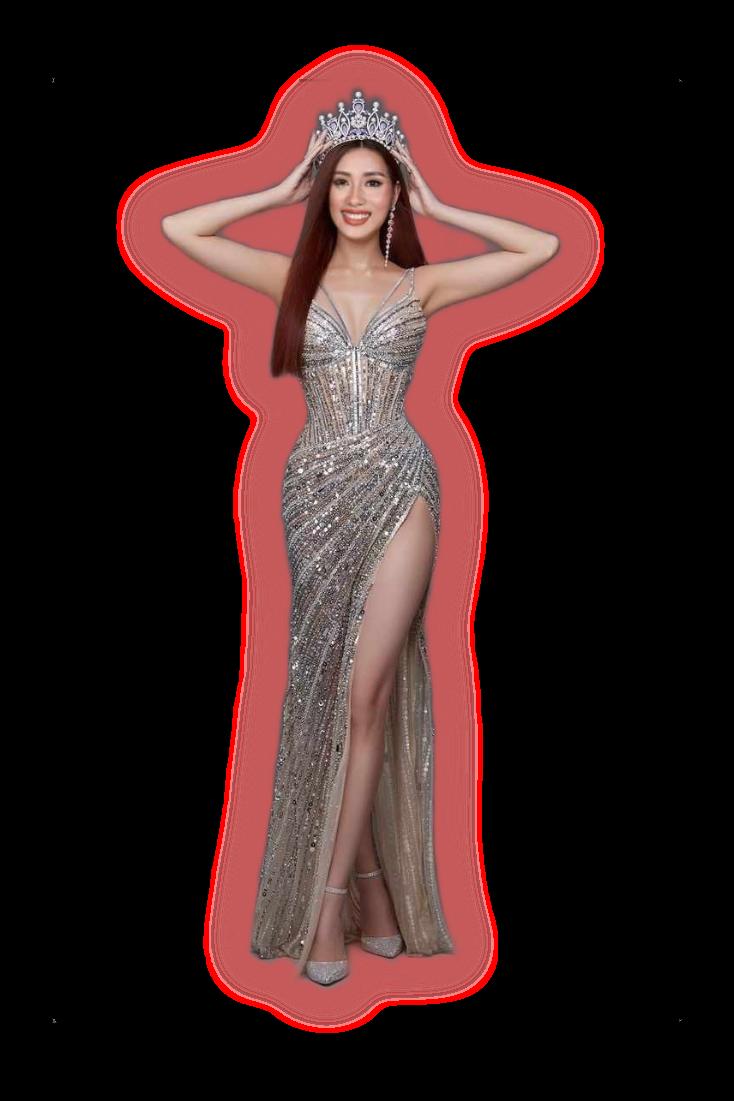
AY MAAN! VOLUME 1 ISSUE 1: APR
HISTORY:
references.
From counting with stones to artificial intelligence: the story of calculus (nature.com)
ECONOMICS:
Applications of Mathematical Calculus in Economics Sanjay Tripathi
PHOTOGRAPHY:
Bing Copilot
Photography and Calculus The week before my life changed for | by Michael Goltz | Ascent Publication | Medium
ARCHITECTURE
Exploring The Mathematics Behind Architecture - The Architects Diary
MARITIME & NAVIGATION:
What Is Calculus? Definition and Practical Applications (thoughtco com)
Maths in a minute: Maths and navigation | plus.maths.org
OPINION:
Calculus is Overrated: Why We Should Prioritize Statistics | by StanfordReviewStaff | Stanford Review | Medium
SCIENCE & MEDICINE:
Calculus in Medicine - iacedcalculus.com
FOOD SCIENCE:
Bing Copilot
ENGINEERING:
The Mathematics of Aerospace Engineering (usc.edu)
Mathematics for Engineering – Introduction to Aerospace Flight Vehicles (erau.edu)
14



















